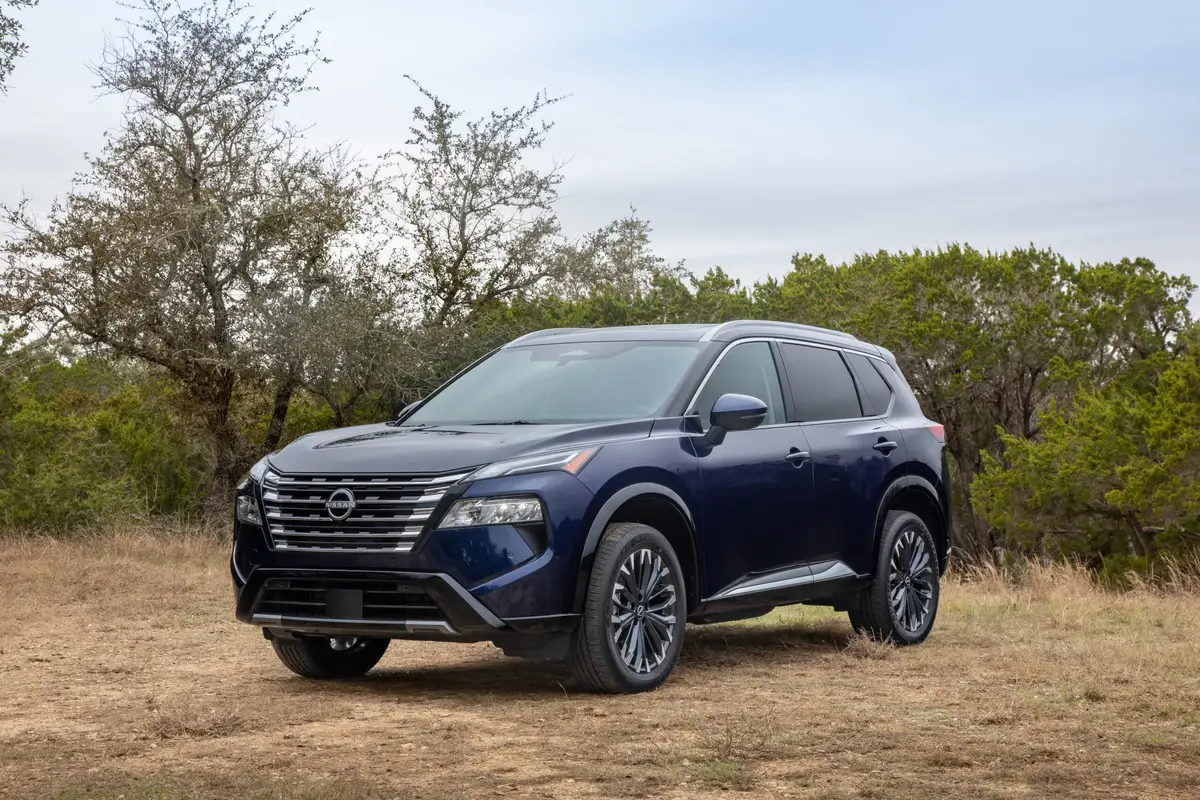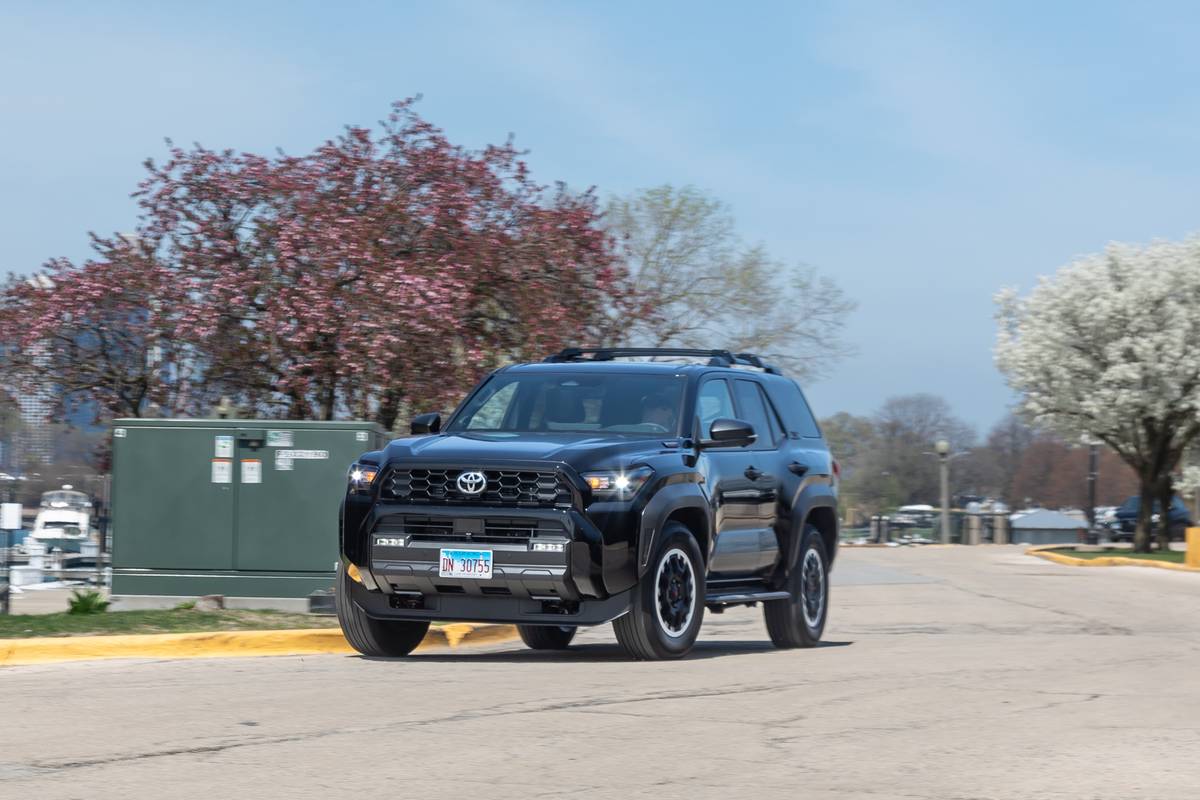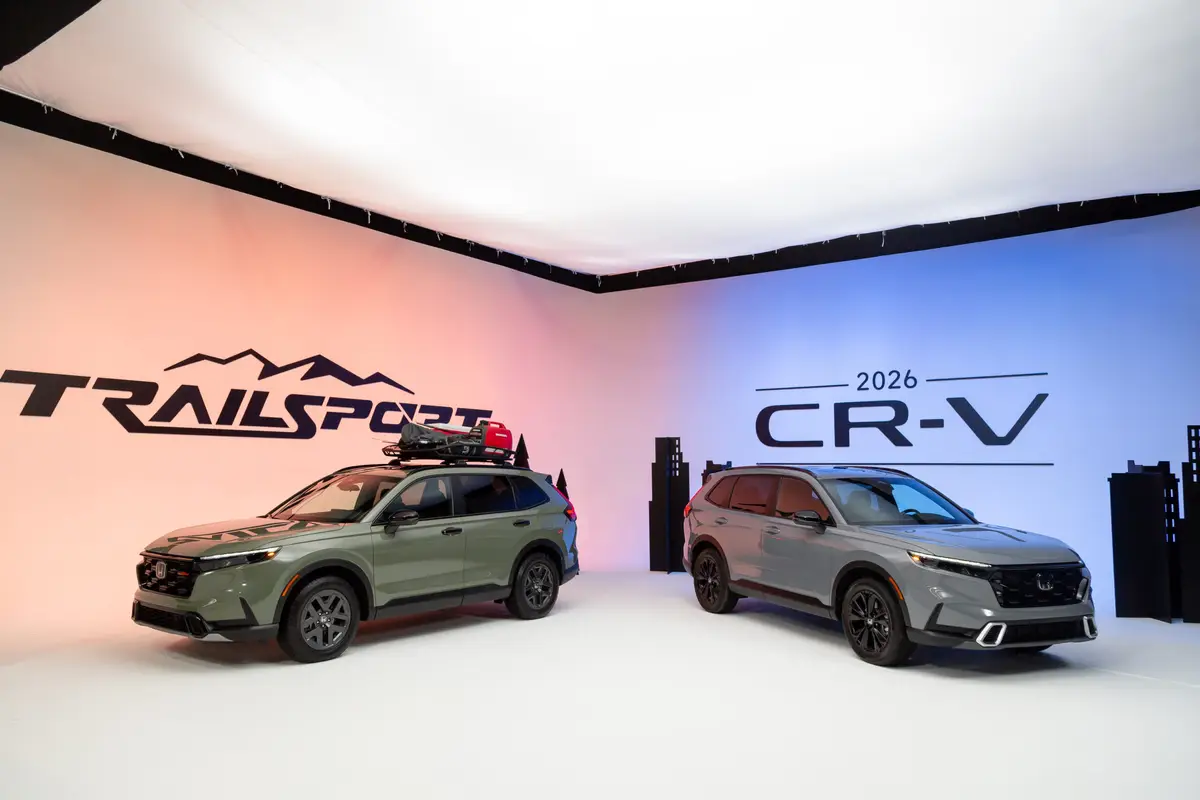Star-Telegram.com's view
Whether planning to drive up the beach on South Padre Island or on the red-rock trails of Utah’s stunningly beautiful Arches National Park, the newest generation of the Jeep Wrangler might very well be the best way to go.
Since the original Jeep CJ (civilian jeep) arrived a few decades ago to facilitate motorized access to some of the nation’s most remote and beautiful settings, these legendary off-road vehicles have been the favorites of modern-day explorers.
Two years ago, Jeep rolled out the redesigned Wrangler, whose roots can be traced back to the military jeeps used by the U.S. armed forces during World War II.
This latest version, though, is a lot more refined than even the previous model, let alone those rather crude early military models.
For the first time, the Wrangler is available with power windows and door locks, even when equipped with the traditional removable doors.
Another innovation: Jeep added the first four-door version to the lineup with the redesign – the model called the Wrangler Unlimited.
While some Jeep purists might complain that the newest Wrangler is too gentrified for their tastes, I don’t agree. I appreciate having a somewhat comfortable as well as ultimately capable vehicle to take me into the places most people will never see.
What’s important is that the Wrangler’s styling remains true to the brand, something Chrysler’s designers clearly understood when they created the new generation.
The Wrangler still has the signature shape, seven-slot grille, round headlights, trapezoid-shaped wheel flares, exposed door and windshield hinges, and a windshield that can be folded down.
Changes to the exterior were subtle, and included a new molded front bumper with integrated fog lights, and sealed headlights with 20 percent brighter halogen bulbs.
The current Wrangler is five inches wider than before, with a track that is 3.5 inches wider. The extra width was added to increase interior space, but might be a problem on really narrow trails, such as the ones in Washington state that are used for the annual Cascades Jeep Jamboree.
But for most trails, the extra width won’t get in the way.
The Wrangler has never been truly practical for most people to drive as their everyday vehicle, particularly those with a family. The back seat is meant for just two, and there is virtually no cargo space behind the seat. None of that really changed with the makeover, although the back seat is a little more comfortable than before.
There still is room only for four people in the two-door model, but the front seats now have 4.6 inches more hip room and 5.1 inches more shoulder room. Rear seats have 3.9 inches of additional shoulder room, 1.6 inches more hip room, and an inch more legroom.
The cargo space behind the rear seat is now 17.1 cubic feet, but that expands significantly with the rear seatback folded forward if you don’t need the back seat for passengers.
With the four-door model, though, you can put three people in the back seat, and there is still decent cargo space behind it – 46.4 cubic feet.
The four-door has a 116-inch-wheelbase versus 95.4 inches for the standard-length Wrangler, and it’s 20.6 inches longer than the regular Wrangler.
Even with all of the changes – including the quietest cabin ever in a Jeep – the Wrangler still has the off-road abilities that have made the Wrangler the preferred vehicle of serious four-wheel-drive enthusiasts.
In fact, the automaker says the new model offers even more off-road prowess than its predecessor. The newest Wrangler has more ground clearance, larger wheels and tires, improved Dana solid axles, and new optional four-wheel-drive systems. Also added were optional electric axle lockers and an electrically operated disconnecting sway bay.
Three trim levels are available: the X, the midlevel Sahara, and the Rubicon. There are hundreds of different top, door and windshield combinations, Jeep said.
For this report, we tested the two-door Rubicon version (base price $28,190 plus $700 freight).
Ours didn’t come with the optional hard top or the glass power windows; we had the canvas top, traditional half-doors, and zip-down plastic windows. We didn’t have the power door locks, either.
What we did have was the Rubicon’s great off-road equipment, which includes Jeep’s Off-Road Rock-Trac transfer case with a 4:1 low-range gear ratio, as well as the front and rear electronic axle lockers, the sway-bar system, and 32-inch B.F. Goodrich off-road tires.
Jeep says the new Wrangler’s frame is 100 percent stiffer than before, and the vehicle is 20 percent quieter. Suspension improvements include advanced shock tuning.
The Wranglers – both the two- and four-door models – come with a choice of removable hard or soft tops. Among those is a three-piece modular top, whose two front sections can be stored inside the vehicle after being removed.
A new “Sunrider” soft top includes a sunroof feature that allows it to open partially. It also can be removed completely to turn the vehicle into a convertible.
Powering all Wranglers is a 3.8-liter V-6 engine rated at 202 horsepower and 237 foot-pounds of torque. For the first time, no four-cylinder is offered, which probably was a mistake considering what has happened with gasoline prices. A six-speed manual transmission is standard, and a four-speed automatic optional.
EPA ratings are 15 miles per gallon city/19 highway with either gearbox for the four-wheel-drive models and 15/20 for the two-wheel-drive model.
Other features include the standard fold-flat rear seat, along with optional power door locks with remote, GPS navigation system, MP3 music playback capability and Sirius satellite radio.
New for 2009, Hill Start Assist also is standard on all 2009 Jeep Wrangler models to prevent rollback on graded surfaces.
Nine exterior colors are offered, and wheel choices include 16-, 17-, and 18-inch versions.
Three skid plates are included on four-wheel-drive models to protect the fuel tank, transfer case and automatic transmission oil pan from rocks and logs. Two-wheel-drive models (available in the four-door Unlimited only) get just one skid plate, protecting the gas tank.
X and Sahara four-wheel-drive models come with Jeep’s second-generation Command-Trac part-time, two-speed transfer case. A Trac-Lok limited-slip rear differential is optional.
The only extras on our test vehicle were the automatic transmission ($825), navigation system ($1,275), trailer-towing package ($270), and “deep water blue pearl coat” paint ($225). Total sticker price was $31,485, including freight and options.
The trailer package now includes Trailer Sway Control, which Jeep says monitors the vehicle’s movement relative to the driver’s intended path and activates the stability control system if the trailer begins to sway.
Other safety equipment on our tester included electronic stability control, electronic roll mitigation, four-wheel antilock disc brakes, and a tire-pressure monitoring system.
The automotive columns of G. Chambers Williams III have appeared regularly in the Star-Telegram since 1995. Contact him at 210-250-3236; chambers@star-telegram.com.
2009 Jeep Wrangler
The package: Compact, two- or four-door, two- or four-wheel-drive, four- or five-passenger specialty sport utility vehicle.
Highlights: Redesigned for 2007, this is the continuation of the civilian version of the World War II military vehicles. This is the most-refined model yet, however, and it comes with a wider body and a new V-6 engine. A four-door model joined the lineup as well, and it’s available with two- or four-wheel drive.
Negatives: Can get quite pricey, especially when compared with larger, more practical SUVs. Yet there is still nothing quite like it.
Engine: 3.8-liter V-6.
Transmission: Six-speed manual, four-speed automatic (optional).
Power/torque: 202 HP/237 foot-pounds.
Length: 152.8 inches (2-door); 173.4 inches (4-door).
Width: 73.9 inches (not including mirrors).
Wheelbase: 95.4 inches (2-door); 116.0 inches (4-door).
Curb weight: 3,760-4,340 pounds.
Brakes, front/rear: Disc/disc, antilock.
Cargo volume: 17.1 cubic feet (2-door), behind rear seat; 46.4 cubic feet (4-door).
Towing capacity: 2,000 pounds (2-door); 3,500 pounds (4-door).
Fuel capacity/type: 18.6 gallons (2-door), 22.5 gallons (4-door)/unleaded regular.
EPA fuel economy: 15 city/19 highway (4WD); 15/20 (2WD).
Base price range: $19,860- $31,465 plus $700 freight.
Price as tested: $31,485 including freight and options (two-door Rubicon, automatic).
On the Road rating: 9.2 (out of a possible 10).
Prices shown are manufacturer’s suggested retail; actual selling price may vary.
Latest news

10 Biggest News Stories of the Week: Nissan Rogue Does Best; Hyundai Palisade, Subaru Outback FTW


